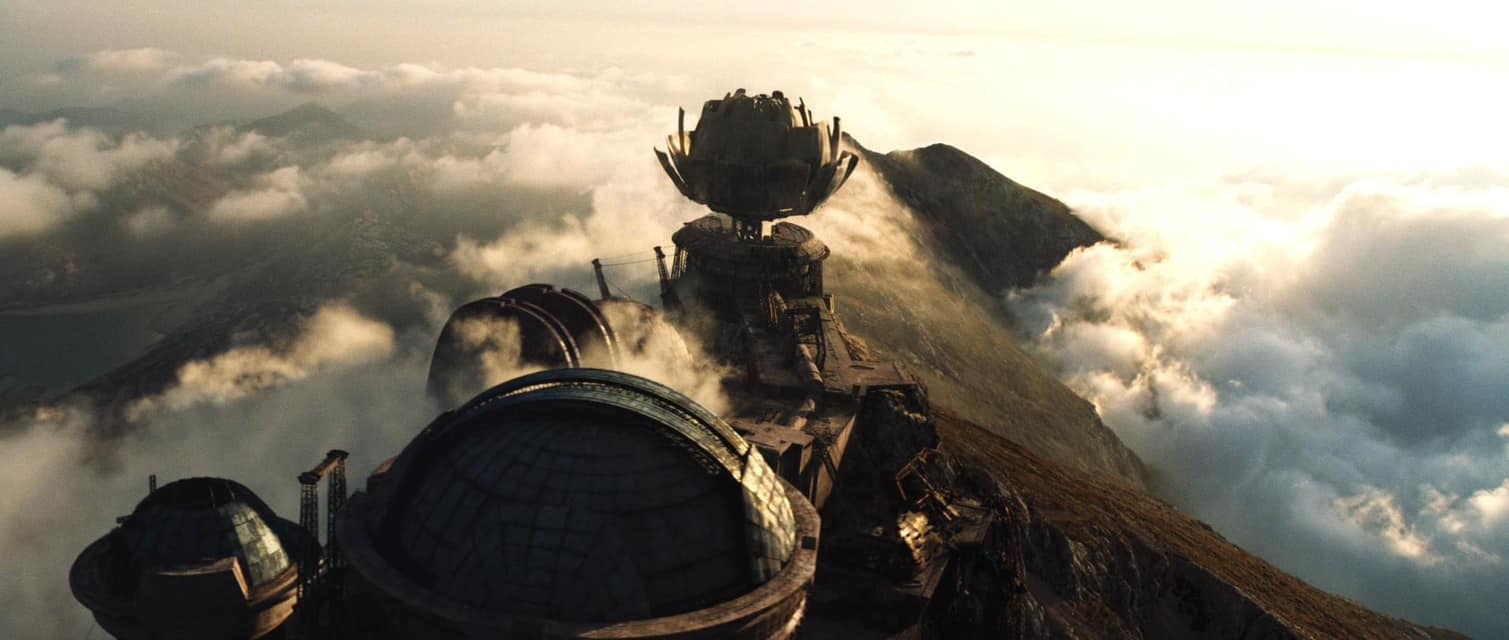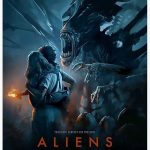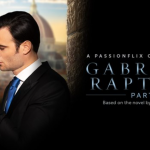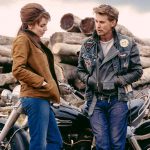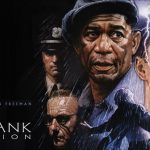“Cloud Atlas” is a 2012 epic science fiction film directed by Tom Tykwer and the Wachowskis, based on David Mitchell’s 2004 novel of the same name.
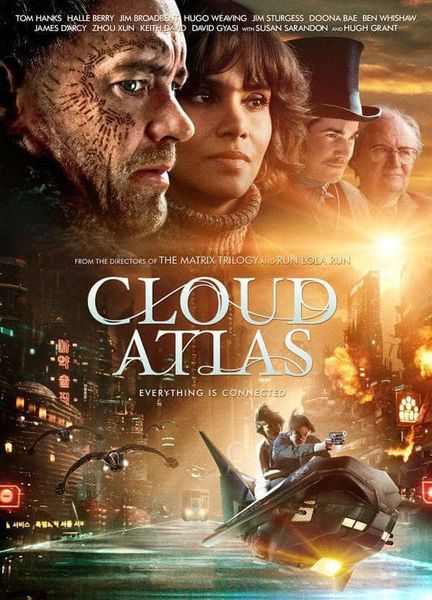
“Cloud Atlas” (2012) is an ambitious and sprawling science fiction epic directed by Tom Tykwer and the Wachowskis, based on David Mitchell’s acclaimed 2004 novel. The film weaves together six interconnected stories that span different time periods, genres, and settings, ranging from the 19th century to a distant post-apocalyptic future.
The Narrative Structure
The film’s narrative structure is non-linear, with the stories intercut and overlapping, creating a complex tapestry that explores themes of reincarnation, the interconnectedness of actions across time, and the struggle for freedom against oppression. Each story features a different set of characters, yet many actors play multiple roles across the segments, blurring the lines between the stories and emphasizing the recurring themes of the film.
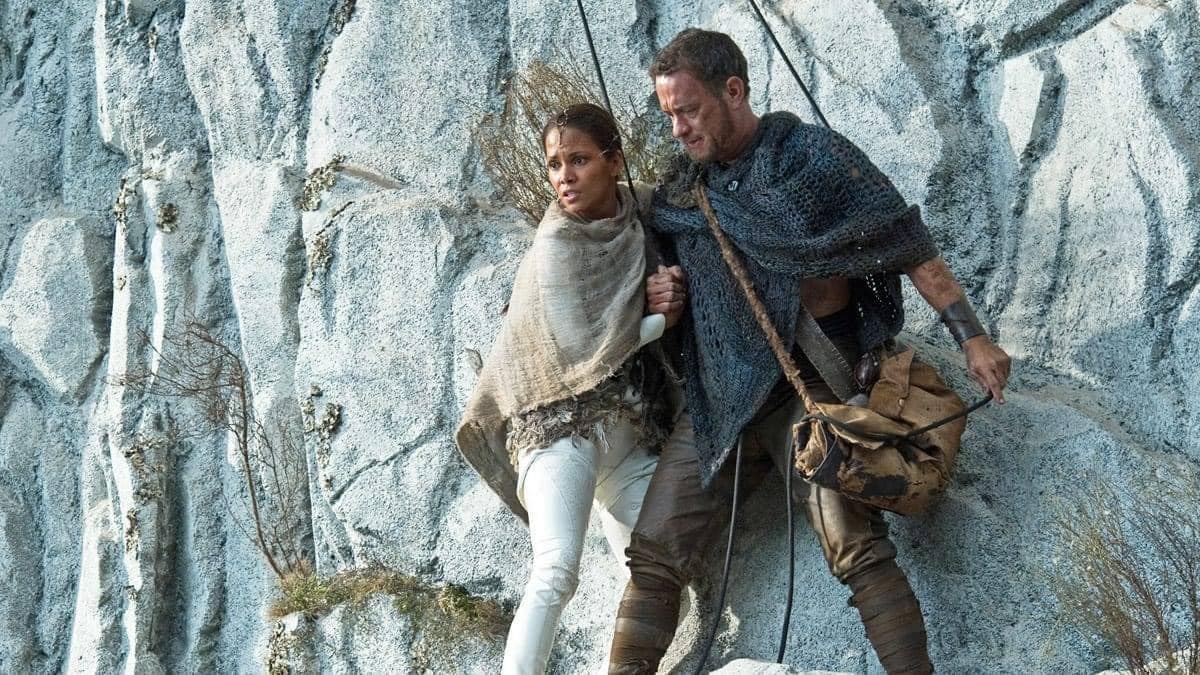
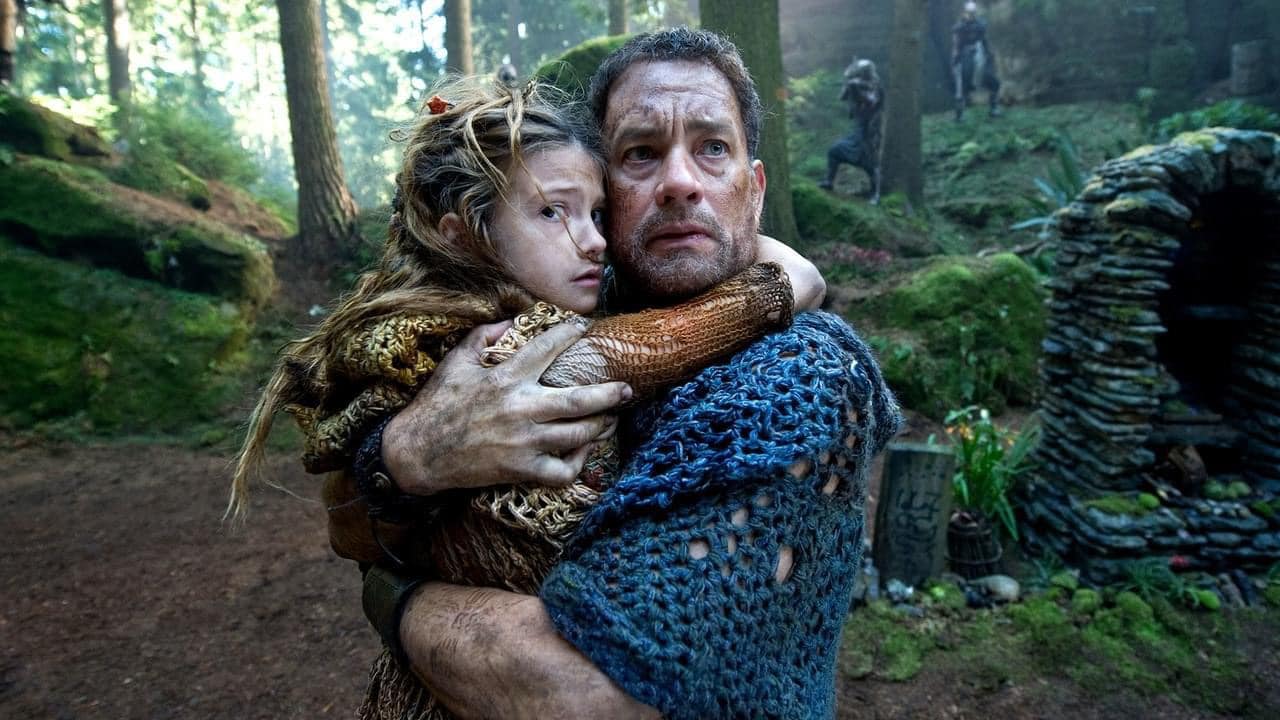
The Six Stories
- The Pacific Journal of Adam Ewing (1849): Set in the South Pacific, this story follows Adam Ewing, an American lawyer, as he witnesses the brutal treatment of slaves. His moral awakening and journey towards emancipation are juxtaposed with his battle against a parasitic doctor who seeks to exploit him.
- Letters from Zedelghem (1936): In this story, Robert Frobisher, a young English composer, seeks refuge as an amanuensis for a famous composer in Belgium. As he works on his own masterpiece, he uncovers secrets about the composer and struggles with his own identity and legacy.
- Half-Lives: The First Luisa Rey Mystery (1973): This segment follows Luisa Rey, a journalist who uncovers a conspiracy at a nuclear power plant. As she delves deeper into the story, she faces increasing danger, highlighting the power of truth and the fight against corporate corruption.

- The Ghastly Ordeal of Timothy Cavendish (2012): A comedic story set in present-day London, where Timothy Cavendish, a vanity press publisher, is tricked into being confined in a nursing home by his brother. The story is a humorous exploration of aging, rebellion, and escape.
- An Orison of Sonmi-451 (2144): Set in a dystopian future in Neo Seoul, this story follows Sonmi-451, a genetically engineered fabricant (clone) who gains consciousness and joins a rebellion against the oppressive government. Her journey raises questions about free will, humanity, and the cycle of exploitation.
- Sloosha’s Crossin’ an’ Ev’rythin’ After (2321): The final story takes place in a post-apocalyptic world, where the remnants of humanity struggle to survive. The protagonist, Zachry, is haunted by visions and must navigate a world of superstition and violence while encountering a technologically advanced survivor from the old world.
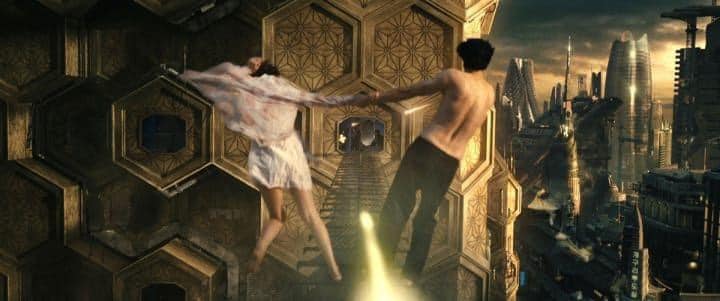
Themes and Motifs
“Cloud Atlas” is rich with recurring themes and motifs, including the idea of karma, the consequences of individual actions, and the eternal struggle for freedom and truth. The film suggests that the actions of individuals resonate across time, influencing future generations and creating a ripple effect that transcends lifetimes.
The use of actors in multiple roles serves to reinforce the interconnectedness of the characters and stories, suggesting a shared soul or destiny that reappears in different forms throughout time.
